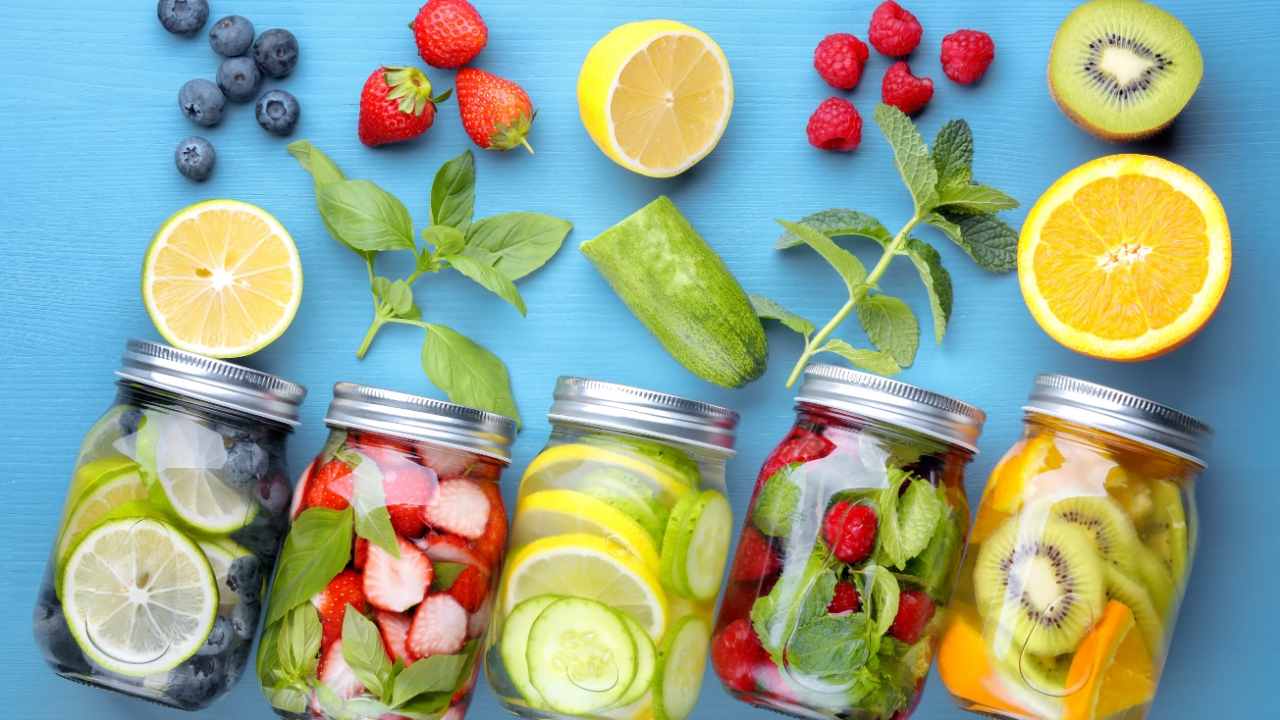
A healthy lifestyle is key to preventing stroke. You can reduce your risk for high lipid levels, diabetes, heart disease and other conditions by eating a healthy diet. A healthy diet is low-fat and high in calories, but high in fiber and vitamins A and C. This will help to reduce the risk of type 2 diabetes, high cholesterol and coronary artery disease. To stay healthy and avoid stroke and heart disease, eat a wide variety of fruits and veggies every day.
Maintaining a healthy blood pressure is another way to prevent stroke. Your risk of getting stroke is increased if your blood pressure goes above 120/80mmHg. High blood pressure is one that stays above 140/90mmHg. Even if there are no signs of high blood pressure, it's important to check your blood pressure regularly. You might also want to get active if your family has a history for stroke.

If you have high blood pressure, make sure you get a blood pressure check. A stroke risk is higher if your blood pressure is higher than 120/80mmHg. It is high blood pressure if it remains above 140/90mmHg over a prolonged period of time. High blood pressure is something many people don’t know. High blood pressure is something you should be aware of and have checked with your doctor.
An increase in the intake of omega-3 fatty oils, potassium and magnesium can reduce your risk of having a stroke. These nutrients are found in fish and have been linked to lower risk of stroke. You can lower your risk of suffering a stroke by avoiding high cholesterol levels and dietary saturated fat. Your alcohol intake can also be reduced to limit your sugar intake. You can prevent stroke by eating more fresh fruits, vegetables, and other healthy foods.
Drinking a healthy diet is an essential component of preventing stroke. Research has shown that eating a healthy diet full of fruits and vegetables reduces stroke risk by up to 20%. A diet rich in fiber and vitamin D can help prevent a stroke. Taking in a healthy diet will also help you avoid hypertension and a heart attack. Balanced eating includes lots of fruits, vegetables and lean protein. Adding these foods to your daily meals will help you prevent a stroke.

Moderation in alcohol consumption can lower your chances of suffering a stroke. Research shows that having one drink per day can lower your risk of suffering a stroke. But, drinking more than that can lead to a rise in your risk. Resveratrol, which protects the heart & brain, is found in red wine. A standard-sized drink is a five-ounce glass of wine, a 12-ounce beer, or a 1.5-ounce glass of hard liquor.
FAQ
Is cold a sign of a weak immune response?
It's been said that there are two kinds of people in the world; those who love winter and those who hate it. You might wonder why you feel so miserable in the cold, no matter how much you love or hate winter.
The reason is simple: Our bodies are made to function well in warm temperatures. We evolved to thrive in hot environments because of the abundance of food resources.
Now, however, we live in a completely different environment to how our ancestors lived. We spend more time indoors than ever before, and are often exposed both to cold and heat extremes.
This means that our bodies aren’t used to these extremes. When we do venture out, our bodies are unable to cope with the extremes.
There are many ways to avoid these side effects. Staying hydrated is one way to combat this. If you drink plenty of water, you'll help keep your body properly hydrated and flush toxins from your system.
You must also ensure that you are eating healthy foods. Eating nutritious foods helps your body maintain its optimal temperature. This is especially important for those who spend long periods inside.
It is worth taking a few extra minutes each day to meditate. Meditation can help you relax your mind, body and soul. This makes it easier to manage stress and illnesses.
How to measure bodyfat?
The best way to measure body fat is with a Body Fat Analyzer. These devices measure the body fat percentage in people who wish to lose weight.
What is the best diet for me?
Your lifestyle and individual needs will determine the best diet for your body. You should also consider how much energy your exercise consumes, whether you like low-calorie or high-calorie foods, and what you enjoy in terms of eating fruits and veggies.
Intermittent fasting may be a good choice if you want to lose weight. Intermittent fasting is a way to eat only certain meals during the day instead of three large meals. This method may work better than traditional diets which include daily calorie counts.
Research suggests that intermittent fasting may increase insulin sensitivity and lower inflammation. This can result in a reduction in blood sugar levels and a reduced risk of developing diabetes. Intermittent fasting has been shown to promote fat loss as well as improve overall body composition.
What is the difference of a virus from a bacteria?
A virus, a microscopic organism, is incapable of reproducing outside its host cell. A bacterium (or single-celled organism) reproduces by splitting itself into two. Viruses are small, around 20 nanometers in size. Bacteria are much larger, at 1 micron.
Viruses can be spread by contact with bodily fluids containing infected substances, such as saliva, urine and semen. Bacteria can easily be spread from direct contact to contaminated surfaces and objects.
Viruses may enter the body through cuts, scrapes. bites, or any other break in the skin. They can also enter the body through the mouth, nose, eyes and ears, vaginal, rectum or anus.
Bacteria can enter our bodies through wounds, cuts, scrapes, burns, insect stings, or other breaks in our skin. They can also enter our bodies from food, water, soil, dust, and animals.
Both bacteria and viruses can cause illness. But viruses can't multiply within their hosts. They only cause disease when they infect living tissue.
Bacteria can grow in their hosts and cause disease. They can infiltrate other parts of the body. We need antibiotics to get rid of them.
Statistics
- WHO recommends consuming less than 5% of total energy intake for additional health benefits. (who.int)
- In both adults and children, the intake of free sugars should be reduced to less than 10% of total energy intake. (who.int)
- The Dietary Guidelines for Americans recommend keeping added sugar intake below 10% of your daily calorie intake, while the World Health Organization recommends slashing added sugars to 5% or less of your daily calories for optimal health (59Trusted (healthline.com)
- According to the 2020 Dietary Guidelines for Americans, a balanced diet high in fruits and vegetables, lean protein, low-fat dairy and whole grains is needed for optimal energy. (mayoclinichealthsystem.org)
External Links
How To
What does "vitamin" actually mean?
Vitamins can be described as organic compounds found in food. Vitamins are necessary for us to absorb nutrients in the foods we consume. Vitamins are not made by the body, so they must be obtained through food.
There are two types: water-soluble and fat-soluble vitamins. Water soluble vitamins dissolve easily in water. These include vitamin C (thiamine), Vitamin B1 (riboflavin), Vitamin B2 (riboflavin), Vitamin B3 (niacin), Vitamin B6 (pyridoxine), Vitamin C, B1 (thiamine), Vitamin B2 (riboflavin), Vitamin B3 (niacin), and Vitamin B6 (pyridoxine). The liver and fat soluble vitamins are stored within the liver and in fatty tissue. These include vitamin D, E and K, as well as beta carotene.
Vitamins are classified based on their biological activity. There are eight main groups of vitamins.
-
A - Vital for normal growth and maintaining good health.
-
C is important for nerve function and energy production.
-
D - Essential for healthy teeth and bones.
-
E - needed for good vision and reproduction.
-
K - essential for healthy muscles, nerves, and bones.
-
P - vital for building strong bones andteeth.
-
Q - aids digestion and absorption of iron.
-
R – Required for the formation of red blood vessels.
The recommended daily allowance of vitamins (RDA), varies according to age, gender, physical condition, and other factors. The U.S. Food and Drug Administration (FDA) sets the RDA values.
For adults over 19 years, the RDA is 400 mg per day for vitamin A. Because it is essential for the development of the fetus, pregnant women should consume 600 micrograms per daily. Children ages 1-8 require 900 micrograms per day. Babies under one-year old require 700 mg per day. Between 9 and 12 years of age, however, this drops to 500 mg per day.
Children aged 1-18 years need 800 micrograms daily, while children overweight require 1000 micrograms per days. Children who are severely obese or underweight will need 1200 micrograms each day.
Children aged 4-8 years old who have been diagnosed as having anemia require 2200 micrograms of vitamin C per day.
2000 micrograms is the minimum daily intake for adults over 50 years old to maintain good health. Breastfeeding or pregnant women require 3000 micrograms per daily due to higher nutrient demands.
1500 micrograms are required daily by adults over 70 because they lose approximately 10% of their muscle each decade.
Women who are pregnant or nursing need more than the RDA. Pregnant women require 4000 micrograms daily during pregnancy, and 2500 micrograms every day after birth. Breastfeeding mothers need to consume 5000 micrograms every day when breastmilk has been produced.